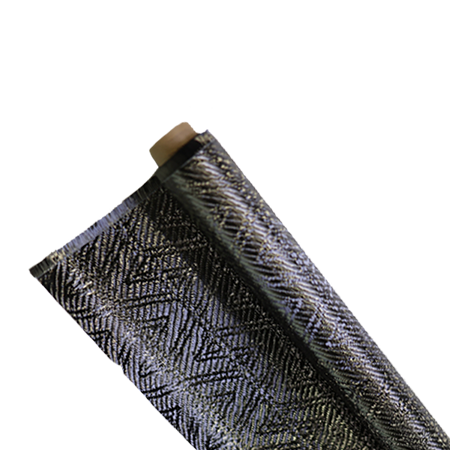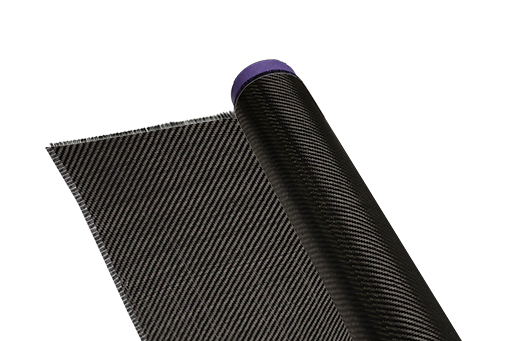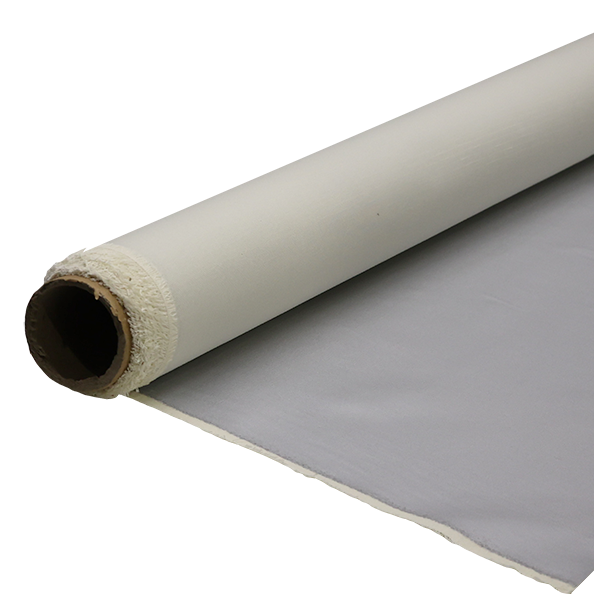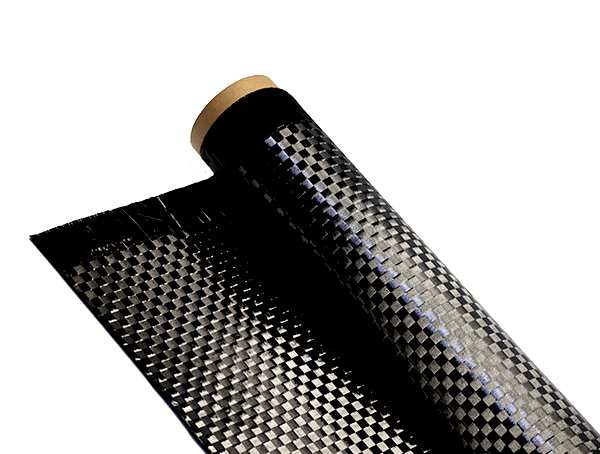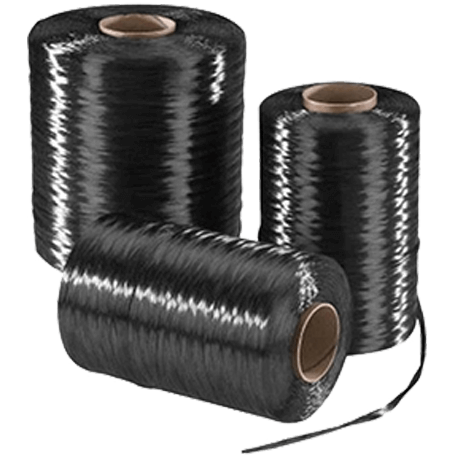1K 3k 6K 12K Carbon Fiber Fabric Wholesale Carbon Fiber Plain Twill Weave Carbon Fabric Cloth
-
Table of Contents
“Unleash the strength of carbon fiber with our wholesale options – perfect for any project, big or small.”
Introduction
Carbon fiber fabric is a lightweight and strong material that is used in a variety of industries, including aerospace, automotive, and sports equipment. It is made from carbon fibers that are woven together to create a fabric, which can then be used to make various products. In this article, we will discuss the different types of carbon fiber fabric available for wholesale, including 1K, 3K, 6K, and 12K carbon fiber plain and twill weave fabric. These fabrics are commonly used in the manufacturing of high-performance and durable products.
Benefits of Using Carbon Fiber Fabric in Automotive Manufacturing
Carbon fiber fabric has become increasingly popular in the automotive industry due to its numerous benefits and advantages. This lightweight and strong material has revolutionized the way cars are manufactured, making them more efficient, durable, and high-performing. In this article, we will explore the benefits of using carbon fiber fabric in automotive manufacturing and why it has become the go-to material for many car manufacturers.
One of the main benefits of using carbon fiber fabric in automotive manufacturing is its lightweight nature. Carbon fiber is five times lighter than steel and two times lighter than aluminum, making it the ideal material for reducing the weight of vehicles. This reduction in weight has a significant impact on the overall performance of the car, as it improves fuel efficiency and handling. With the increasing demand for more fuel-efficient and eco-friendly vehicles, carbon fiber fabric has become a crucial component in achieving these goals.
In addition to its lightweight nature, carbon fiber fabric is also incredibly strong and durable. It has a high strength-to-weight ratio, meaning it can withstand high levels of stress and pressure without compromising its structural integrity. This makes it an ideal material for use in critical areas of a car, such as the chassis, body panels, and suspension components. The strength and durability of carbon fiber fabric also contribute to the overall safety of the vehicle, as it can better protect passengers in the event of a collision.
Moreover, carbon fiber fabric is highly customizable, allowing car manufacturers to create unique and innovative designs. Unlike traditional materials like steel and aluminum, carbon fiber can be molded into complex shapes and forms, giving designers more freedom to create aerodynamic and visually appealing cars. This not only enhances the aesthetic appeal of the vehicle but also improves its performance by reducing drag and increasing downforce. With carbon fiber fabric, car manufacturers can push the boundaries of design and create cars that are both functional and visually striking.
Another significant benefit of using carbon fiber fabric in automotive manufacturing is its corrosion resistance. Unlike steel, which is prone to rust and corrosion, carbon fiber is not affected by moisture, chemicals, or extreme temperatures. This makes it an ideal material for use in areas that are exposed to harsh weather conditions, such as the underbody of a car. By using carbon fiber fabric, car manufacturers can increase the lifespan of their vehicles and reduce maintenance costs.
Furthermore, carbon fiber fabric is an environmentally friendly material. It is made from a combination of carbon fibers and resin, which are both recyclable. This means that at the end of a car’s life, the carbon fiber components can be recycled and used in the production of new vehicles. This not only reduces the amount of waste in landfills but also decreases the carbon footprint of the automotive industry. With the increasing focus on sustainability and reducing carbon emissions, the use of carbon fiber fabric in automotive manufacturing aligns with these goals.
In conclusion, the benefits of using carbon fiber fabric in automotive manufacturing are numerous and have had a significant impact on the industry. Its lightweight, strength, durability, customization options, corrosion resistance, and eco-friendliness make it a highly desirable material for car manufacturers. As technology continues to advance, we can expect to see even more innovative uses of carbon fiber fabric in the automotive industry, further solidifying its position as a game-changing material.
The Growing Demand for Carbon Fiber Fabric in Aerospace Industry

Carbon fiber fabric has been gaining popularity in various industries, especially in the aerospace industry. This lightweight and strong material has become a preferred choice for many manufacturers due to its unique properties. In this article, we will explore the growing demand for carbon fiber fabric in the aerospace industry and its various applications.
The aerospace industry is constantly evolving, with a focus on developing advanced technologies and materials to improve the performance of aircraft. Carbon fiber fabric has emerged as a game-changer in this industry, offering numerous benefits over traditional materials like aluminum and steel. Its high strength-to-weight ratio, corrosion resistance, and durability make it an ideal choice for various aerospace applications.
One of the primary uses of carbon fiber fabric in the aerospace industry is in the manufacturing of aircraft components. These components include wings, fuselage, and tail sections, which require high strength and stiffness to withstand the extreme conditions of flight. Carbon fiber fabric provides these properties while also reducing the overall weight of the aircraft, resulting in improved fuel efficiency and reduced emissions.
Moreover, carbon fiber fabric is also used in the production of rotor blades for helicopters and propellers for aircraft. These components require high strength and stiffness to withstand the forces of rotation and air resistance. Carbon fiber fabric’s lightweight nature makes it an ideal material for these applications, as it reduces the overall weight of the aircraft and improves its performance.
Apart from structural components, carbon fiber fabric is also used in the production of interior components for aircraft. These include seats, overhead bins, and cabin panels. The use of carbon fiber fabric in these applications not only reduces the weight of the aircraft but also provides a sleek and modern look to the interior. This has become a significant selling point for airlines, as passengers are increasingly looking for a comfortable and aesthetically pleasing flying experience.
The demand for carbon fiber fabric in the aerospace industry has also been driven by the increasing use of unmanned aerial vehicles (UAVs) or drones. These aircraft require lightweight materials to achieve longer flight times and higher payloads. Carbon fiber fabric’s high strength and lightweight properties make it an ideal choice for the construction of UAVs, making them more efficient and versatile.
Furthermore, the aerospace industry has also seen a rise in the use of carbon fiber fabric in the production of space vehicles. The extreme conditions of space, including high temperatures and radiation, require materials that can withstand these harsh environments. Carbon fiber fabric’s resistance to heat and radiation, along with its lightweight nature, make it a suitable material for space applications.
The demand for carbon fiber fabric in the aerospace industry has also been driven by the increasing focus on sustainability and reducing carbon emissions. The use of carbon fiber fabric in aircraft components results in a significant reduction in weight, leading to improved fuel efficiency and reduced emissions. This has become a crucial factor for airlines, as they strive to meet environmental regulations and reduce their carbon footprint.
In conclusion, the demand for carbon fiber fabric in the aerospace industry is on the rise, and it is expected to continue growing in the coming years. Its unique properties, including high strength, lightweight, and durability, make it an ideal material for various aerospace applications. With the industry’s increasing focus on sustainability and technological advancements, carbon fiber fabric is set to play a significant role in shaping the future of the aerospace industry.
How to Choose the Right Carbon Fiber Fabric for Your Project
Carbon fiber fabric has become increasingly popular in various industries due to its lightweight, high strength, and durability. It is commonly used in aerospace, automotive, and sporting goods industries, among others. With its wide range of applications, there are different types of carbon fiber fabric available in the market, each with its unique characteristics. In this article, we will discuss the different types of carbon fiber fabric and how to choose the right one for your project.
Firstly, let’s understand the different types of carbon fiber fabric available. The most common types are 1K, 3K, 6K, and 12K carbon fiber fabric. The numbers refer to the number of filaments per tow, which is a bundle of carbon fibers. 1K has the lowest number of filaments, while 12K has the highest. The higher the number of filaments, the thicker the fabric will be. This means that 1K carbon fiber fabric will be thinner and more flexible compared to 12K fabric, which will be thicker and stiffer.
The next factor to consider is the weave pattern of the fabric. Carbon fiber fabric can be woven in two patterns: plain weave and twill weave. In plain weave, the fibers are woven in a simple over-under pattern, resulting in a checkerboard-like appearance. On the other hand, twill weave has a diagonal pattern, giving it a more distinct look. Twill weave is known to be stronger and more pliable than plain weave, making it a popular choice for high-performance applications.
Now that we have a basic understanding of the different types of carbon fiber fabric, let’s discuss how to choose the right one for your project. The first step is to determine the requirements of your project. Consider factors such as the strength, weight, and flexibility needed for your application. For example, if you are working on a project that requires high strength and stiffness, 12K carbon fiber fabric with a twill weave would be the ideal choice. On the other hand, if you need a more flexible fabric for a project that involves complex shapes, 1K or 3K carbon fiber fabric with a plain weave would be a better option.
Another crucial factor to consider is the direction of the fibers. Carbon fiber fabric can be unidirectional, meaning all the fibers run in one direction, or it can be woven in a bidirectional pattern, with fibers running in two directions. Unidirectional fabric is known to have higher strength and stiffness in the direction of the fibers, making it suitable for applications that require load-bearing capabilities. Bidirectional fabric, on the other hand, offers more balanced strength and is suitable for applications that require strength in multiple directions.
Apart from the technical specifications, it is also essential to consider the quality of the carbon fiber fabric. The quality of the fabric can vary depending on the manufacturer and the production process. It is crucial to source your fabric from a reputable supplier who uses high-quality materials and follows strict production standards. This will ensure that you get a consistent and reliable product for your project.
In conclusion, choosing the right carbon fiber fabric for your project requires careful consideration of various factors such as the type of fabric, weave pattern, direction of fibers, and quality. It is essential to understand the requirements of your project and select a fabric that best suits those needs. With the right carbon fiber fabric, you can achieve high-performance and durable results in your project. So, take your time, do your research, and make an informed decision when choosing the right carbon fiber fabric for your next project.
Q&A
1. What is the difference between 1K, 3K, 6K, and 12K carbon fiber fabric?
1K, 3K, 6K, and 12K refer to the number of individual carbon fibers in each tow (or bundle) of fabric. 1K has 1,000 fibers per tow, 3K has 3,000 fibers per tow, 6K has 6,000 fibers per tow, and 12K has 12,000 fibers per tow. The higher the number, the thicker and stronger the fabric will be.
2. What is the advantage of using carbon fiber fabric?
Carbon fiber fabric is known for its high strength-to-weight ratio, making it a popular choice in industries such as aerospace, automotive, and sports equipment. It is also corrosion-resistant and has a low thermal expansion, making it suitable for use in extreme environments.
3. Can I purchase carbon fiber fabric in different weave patterns?
Yes, carbon fiber fabric is available in different weave patterns, such as plain weave and twill weave. Each pattern has its own unique properties and appearance, so it is important to choose the right weave for your specific application. Wholesale suppliers typically offer a variety of weave options to choose from.



